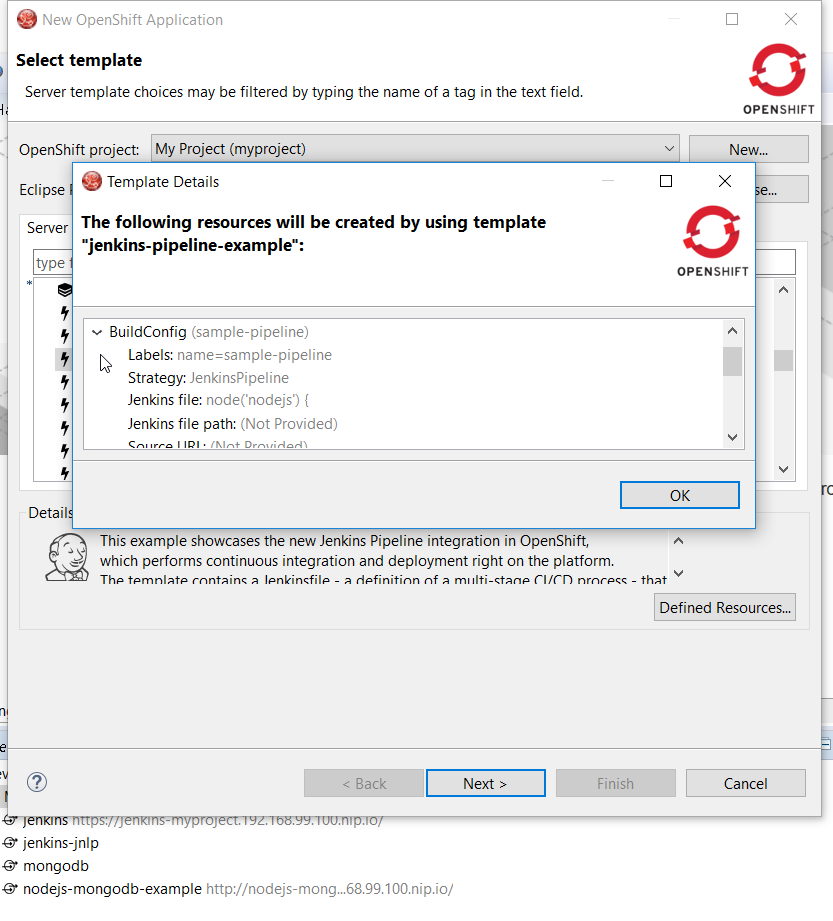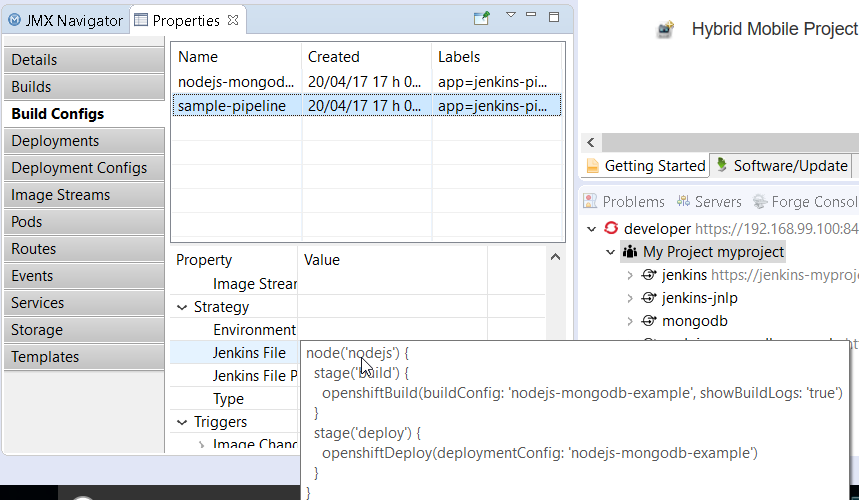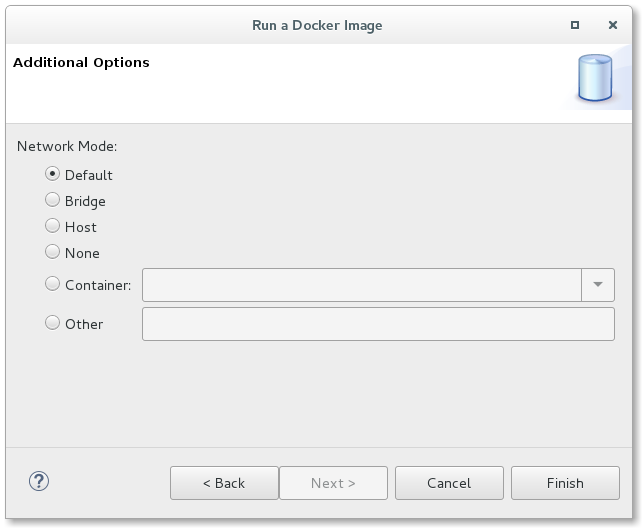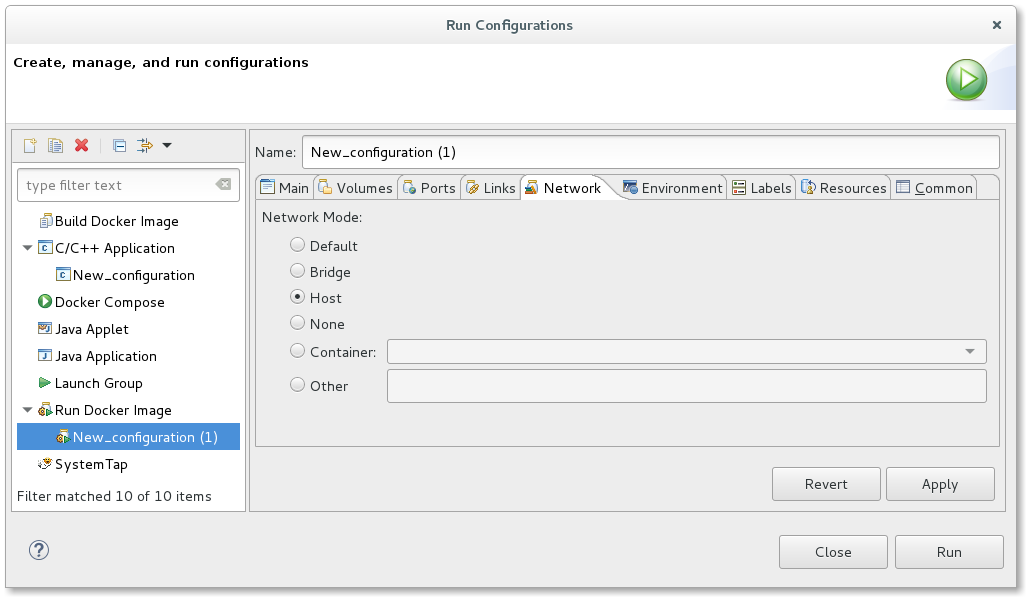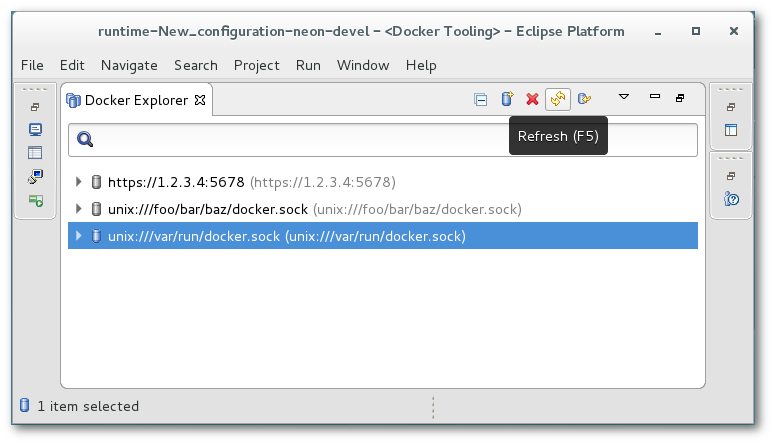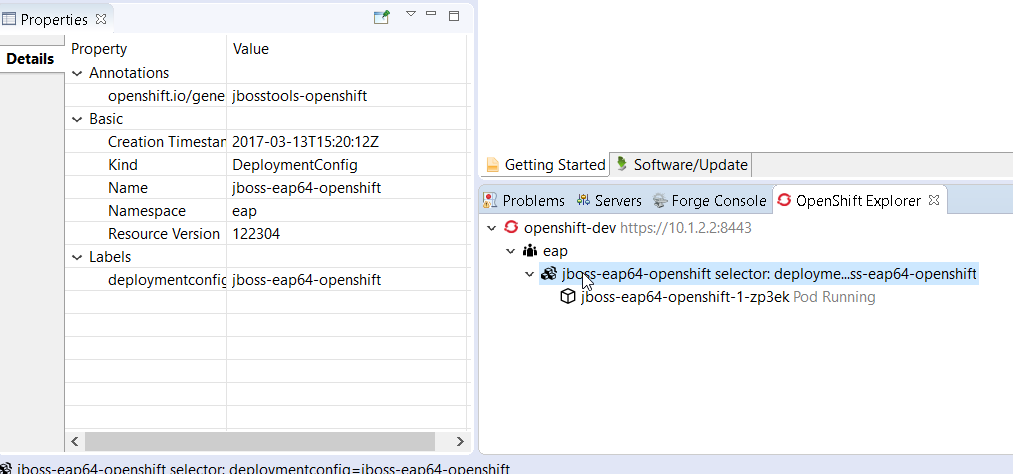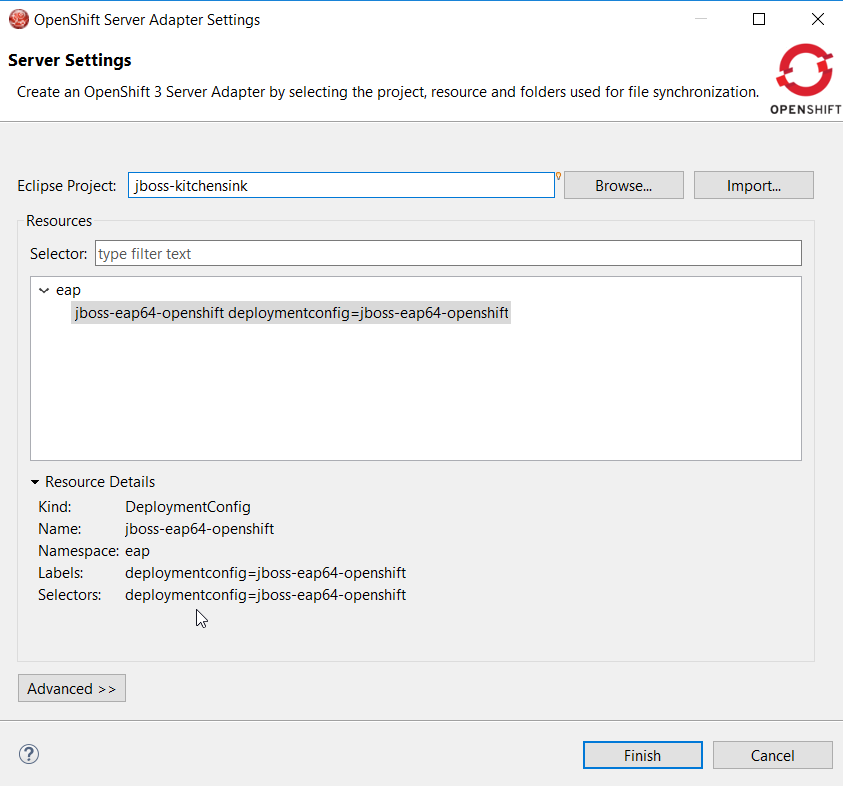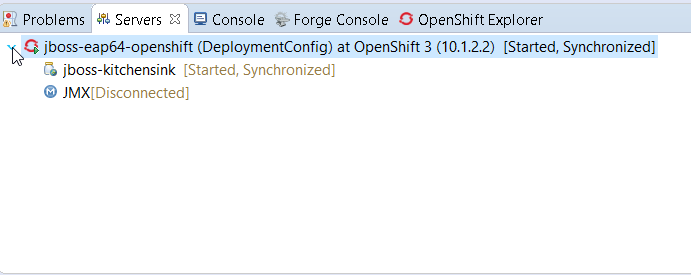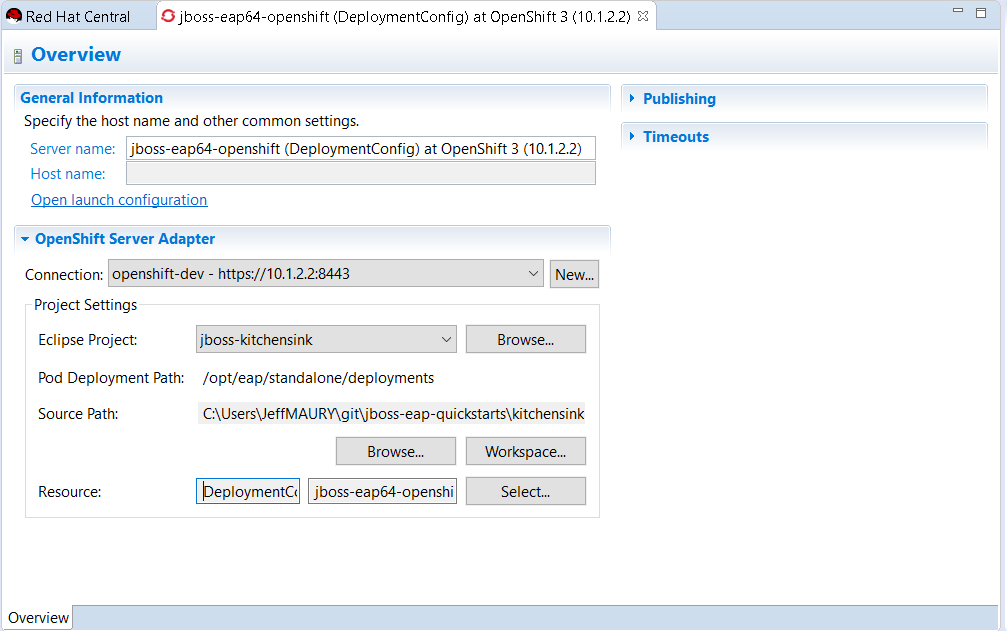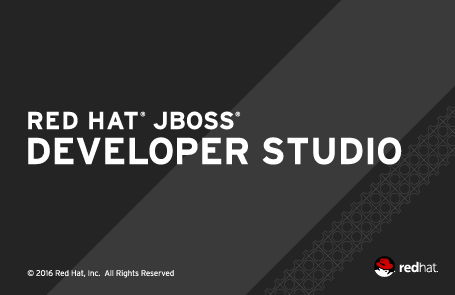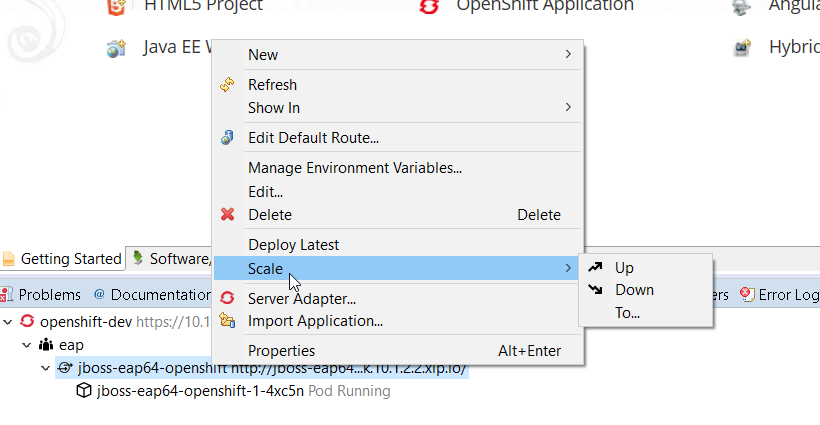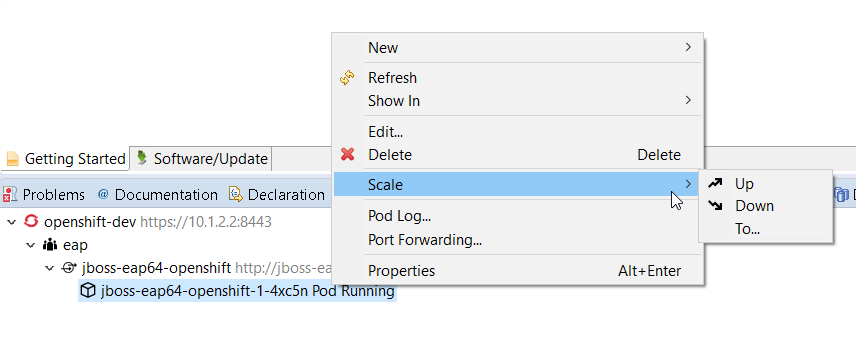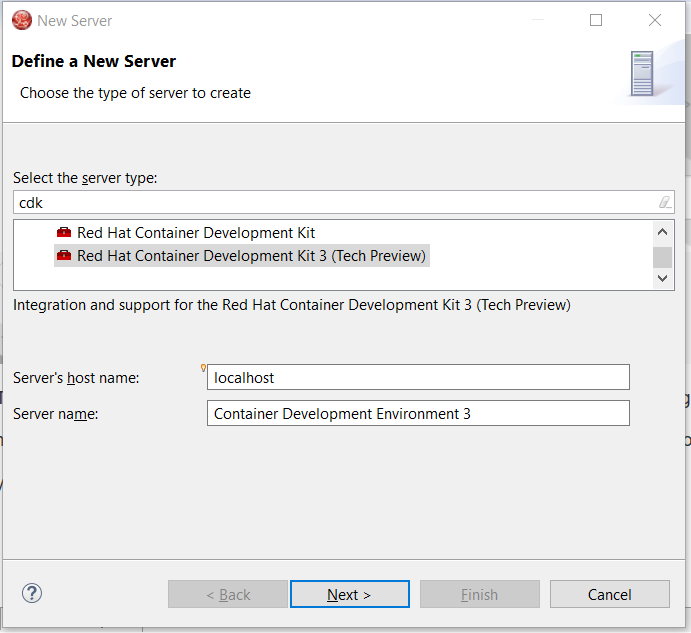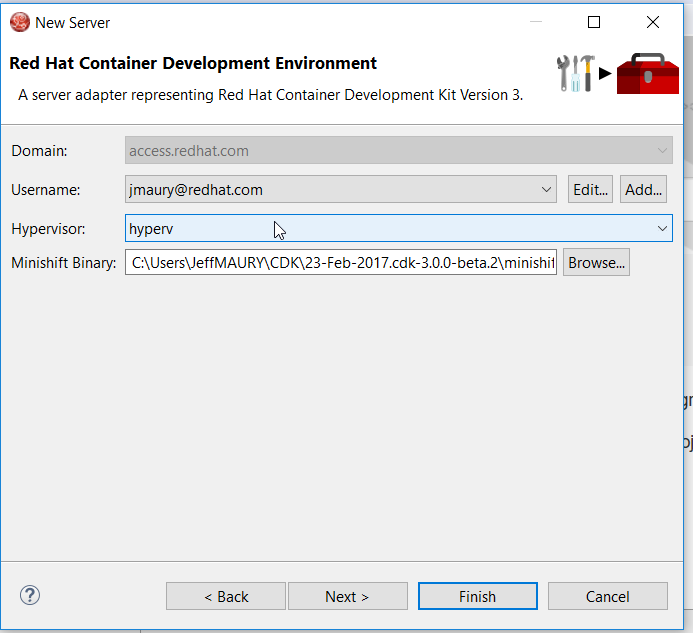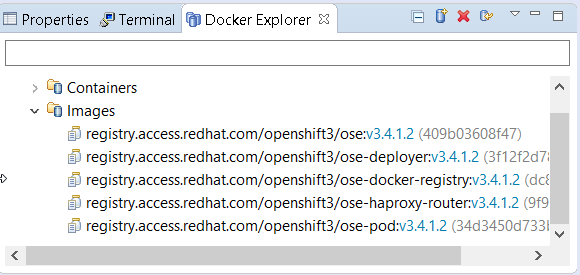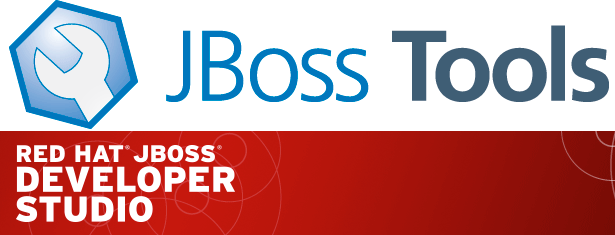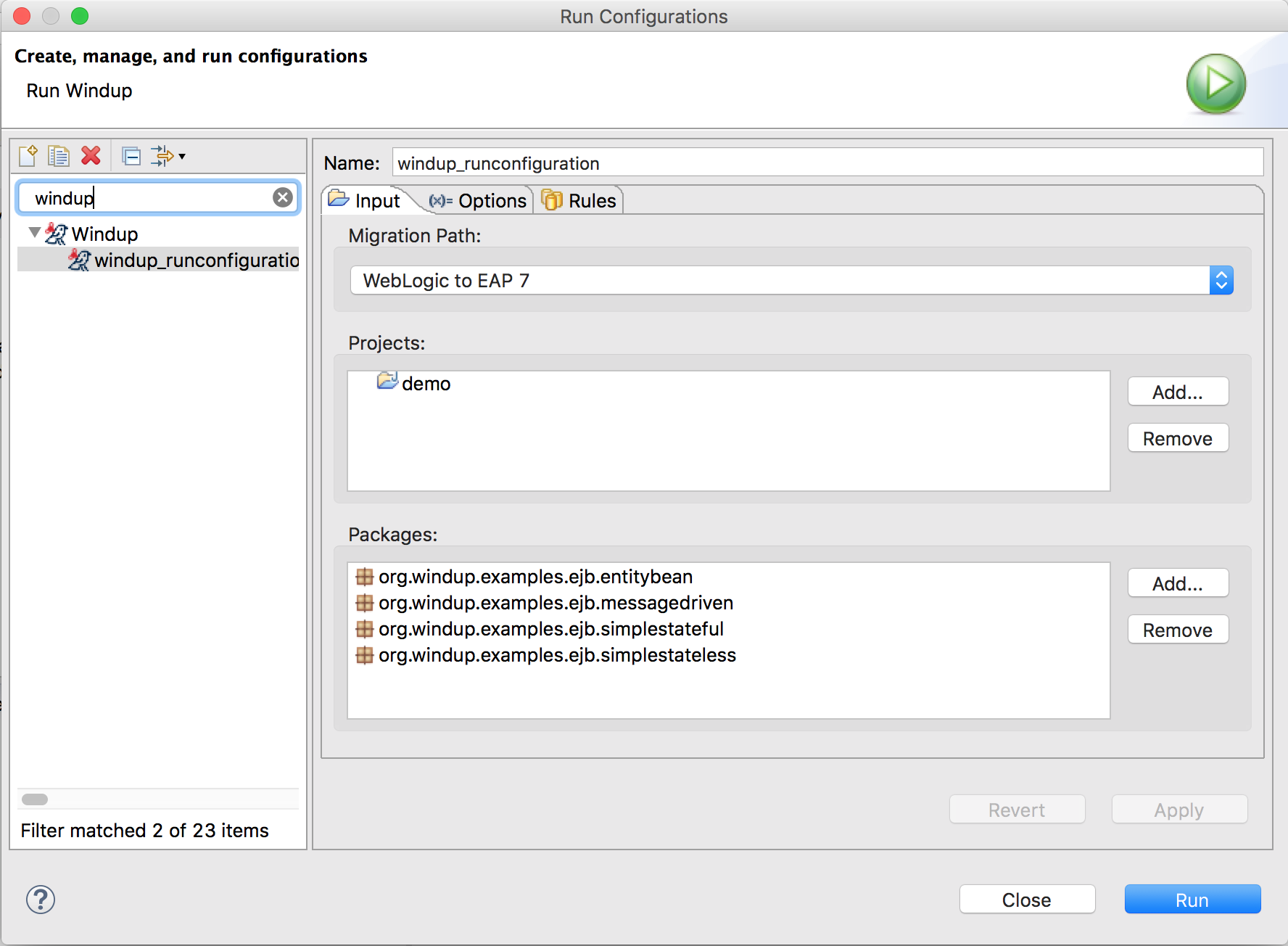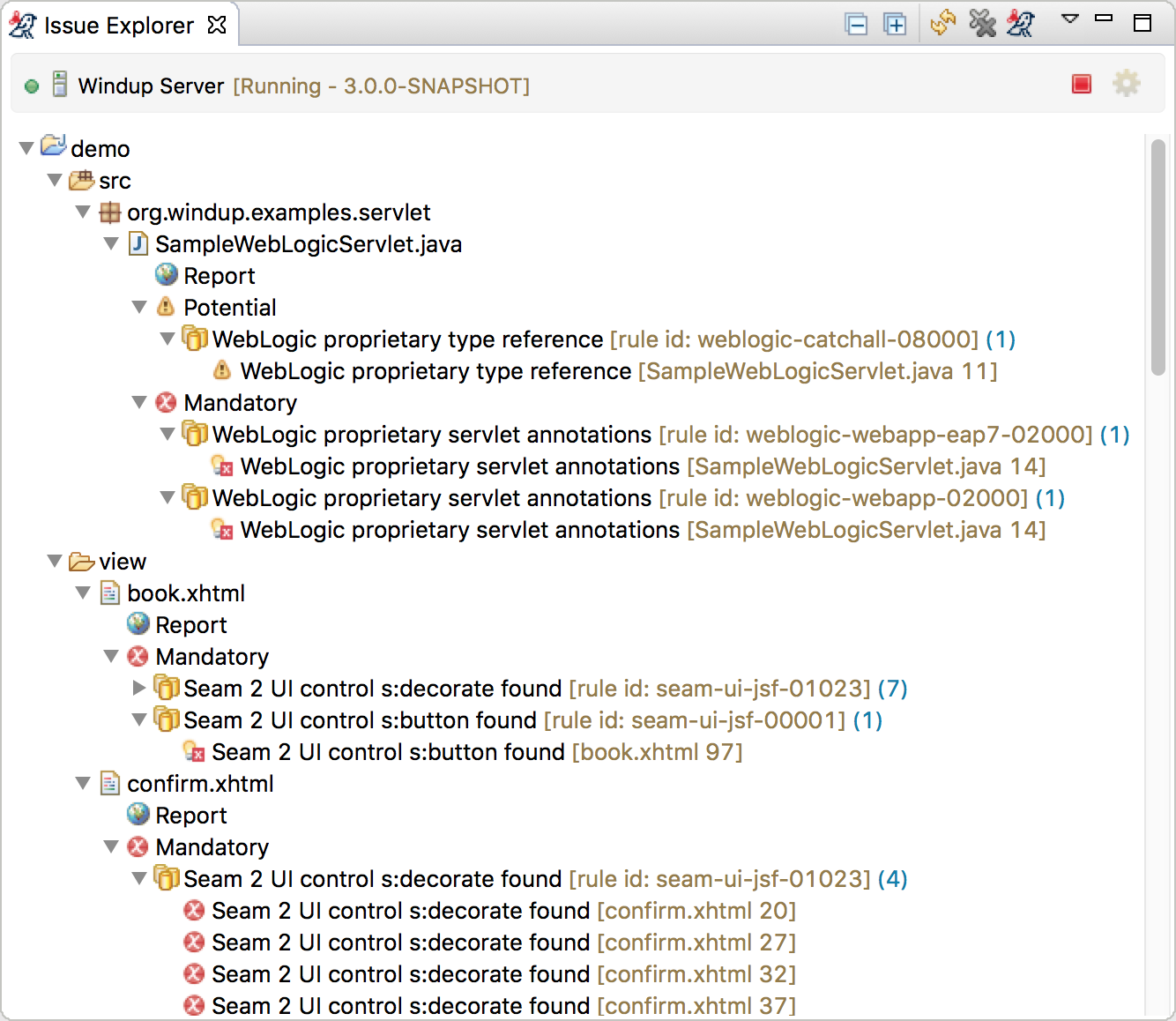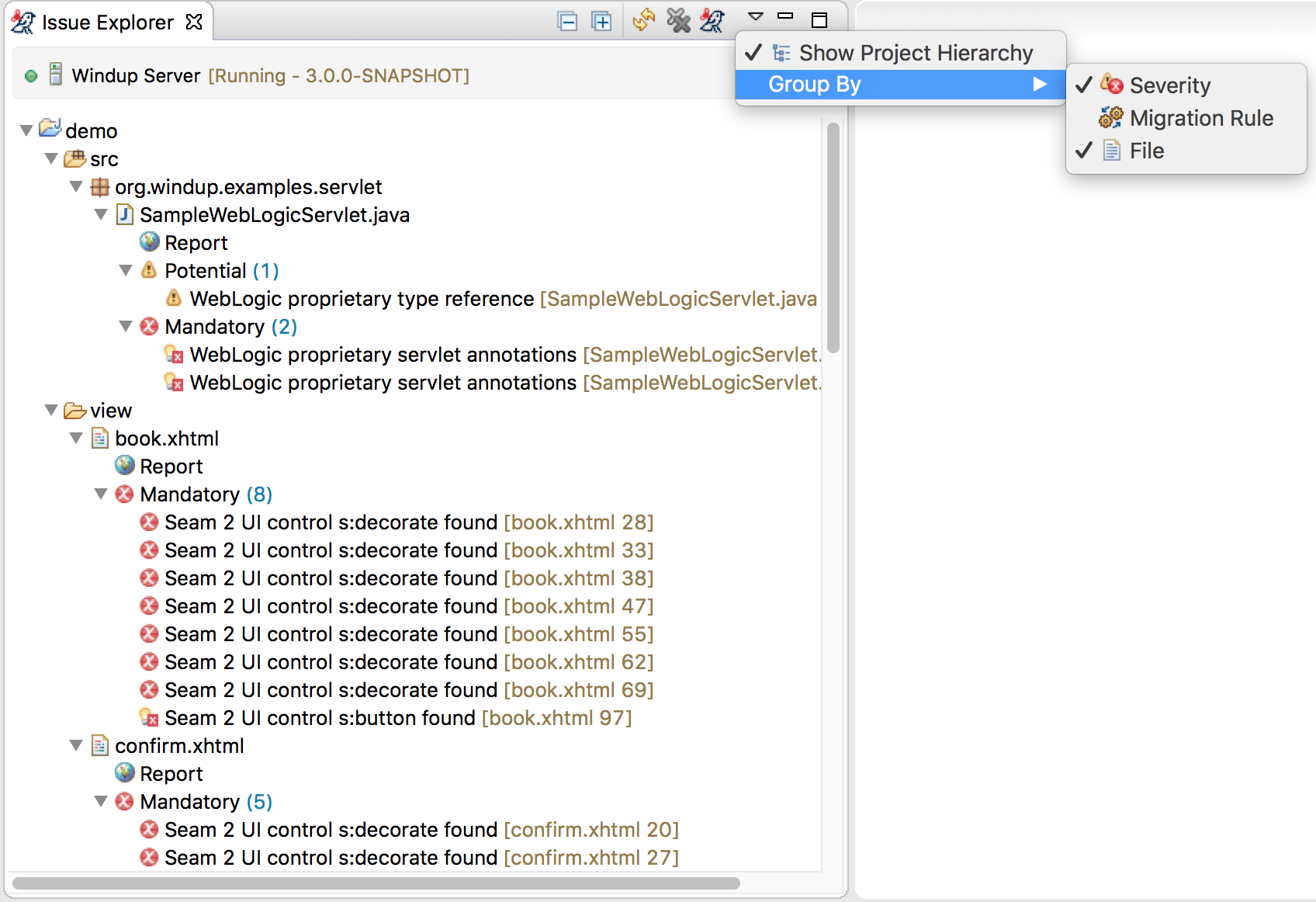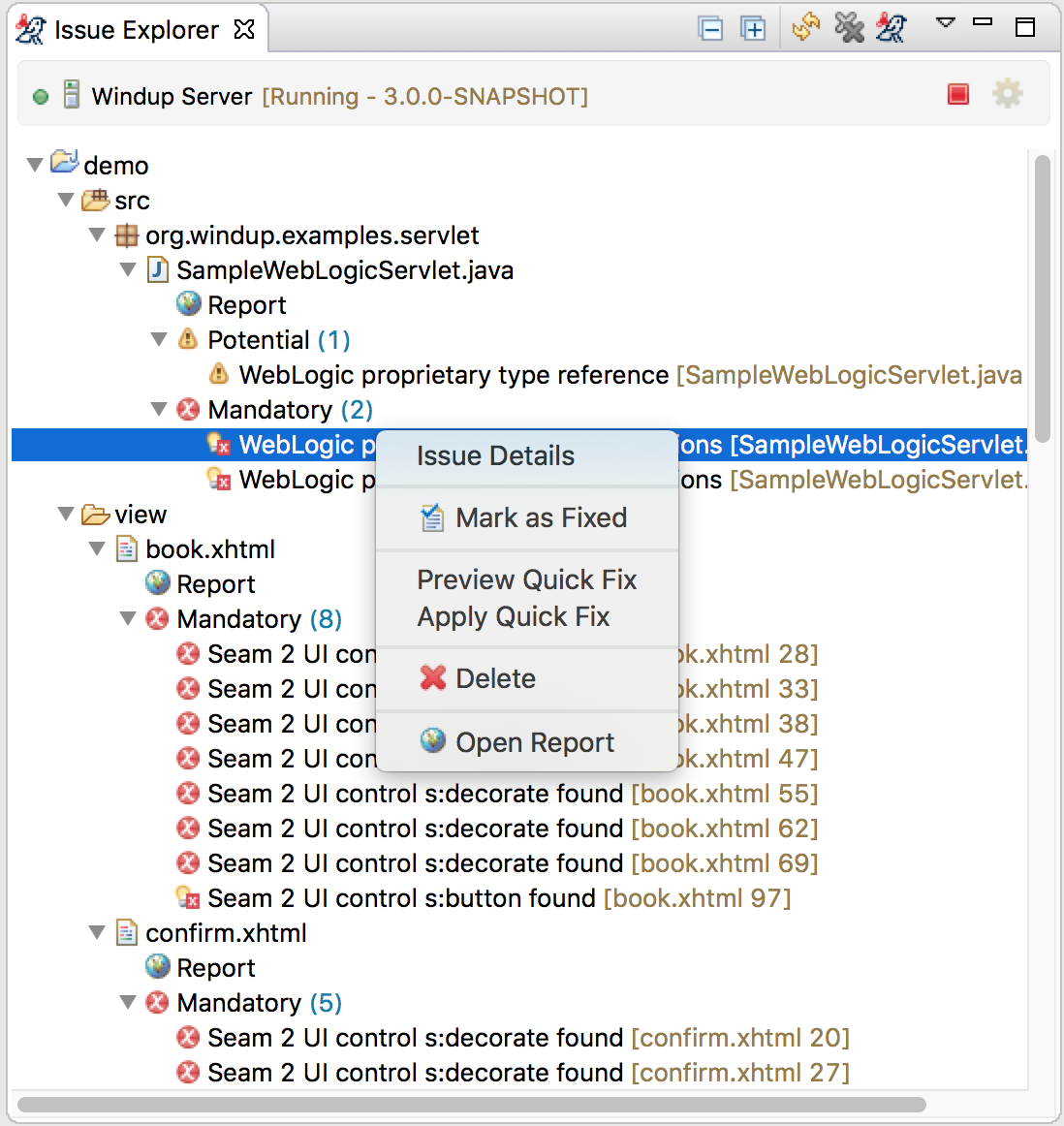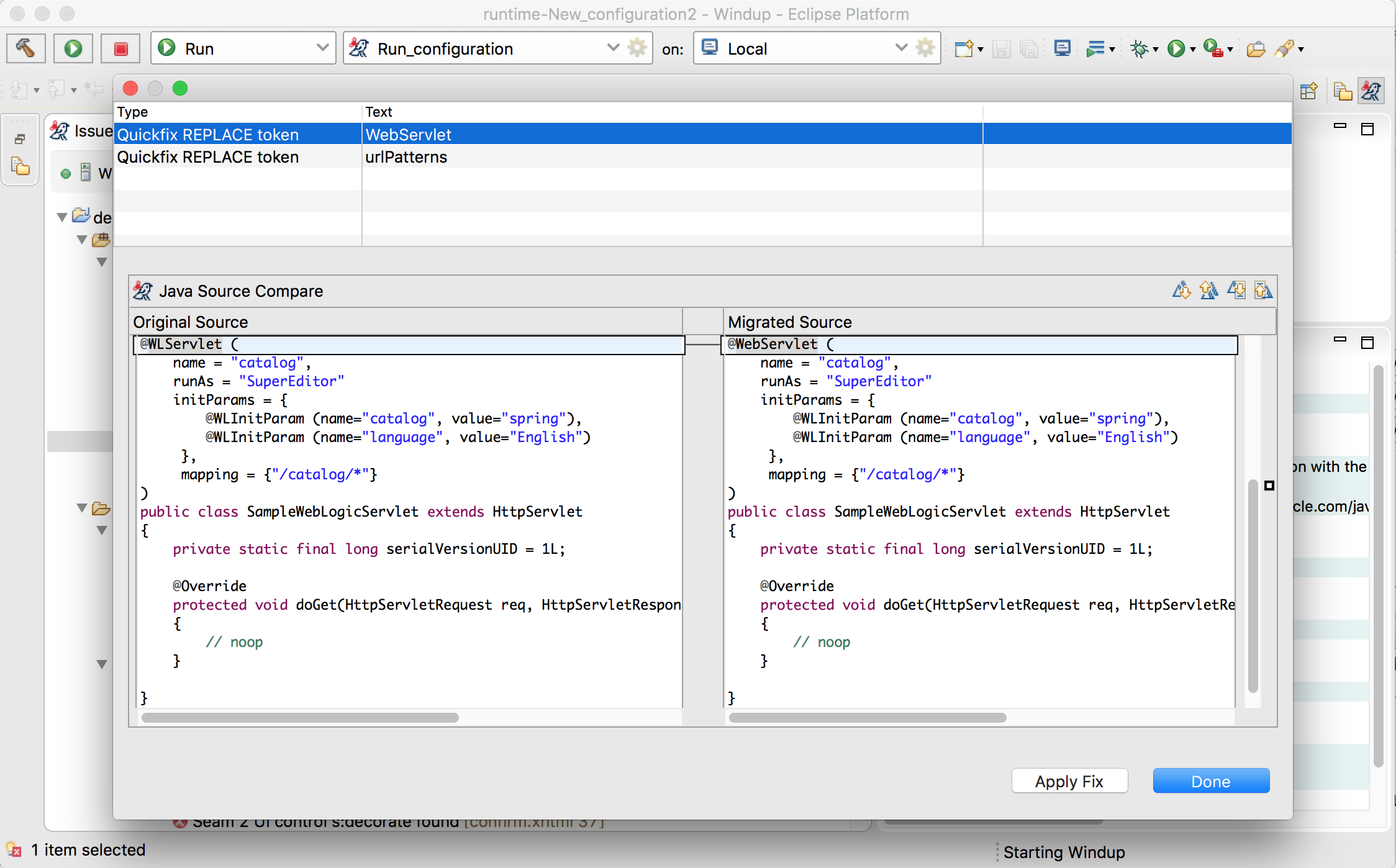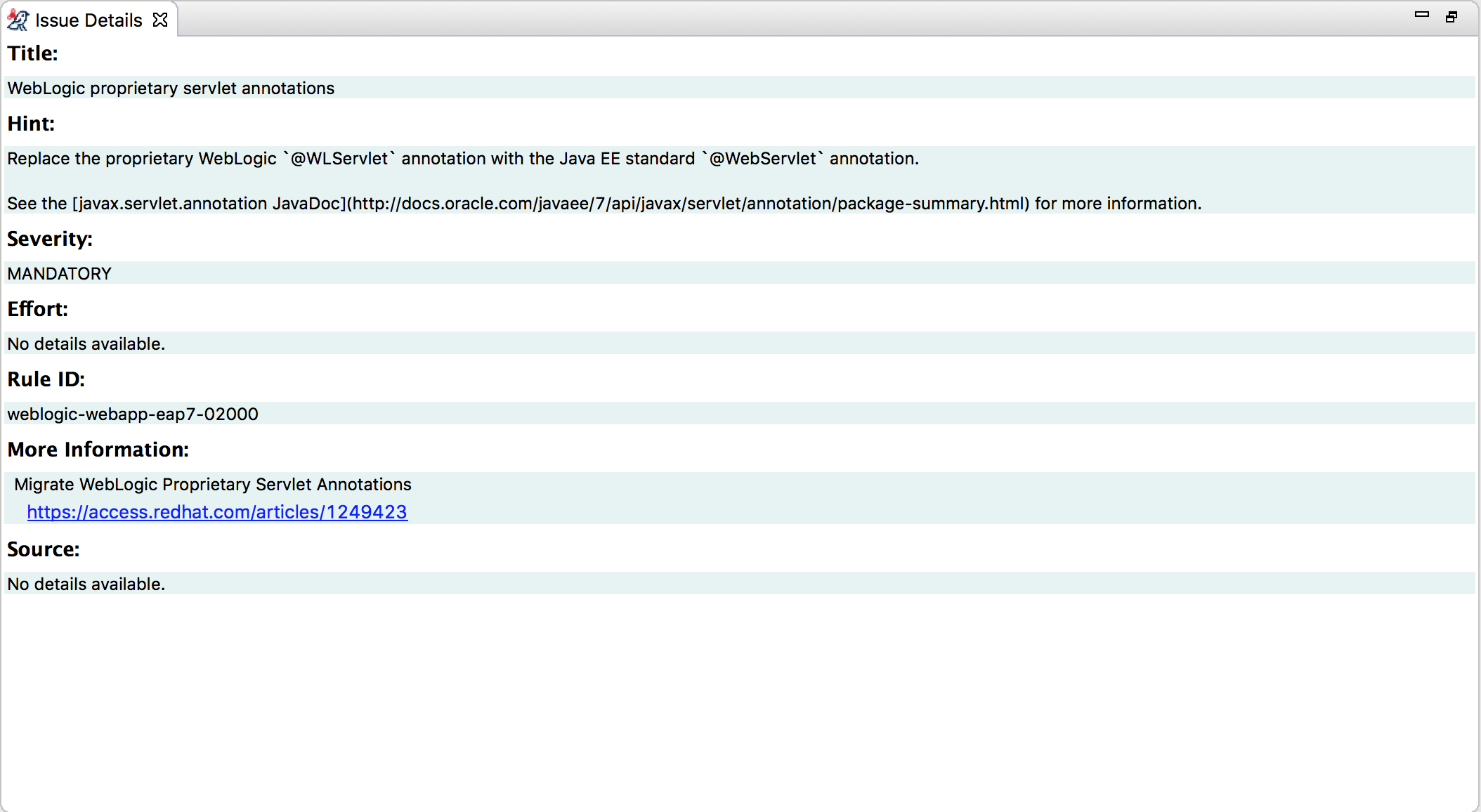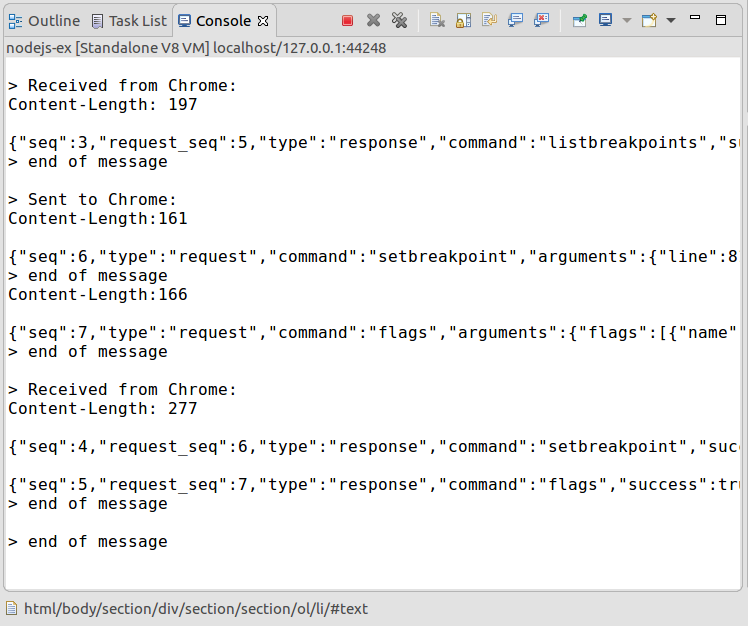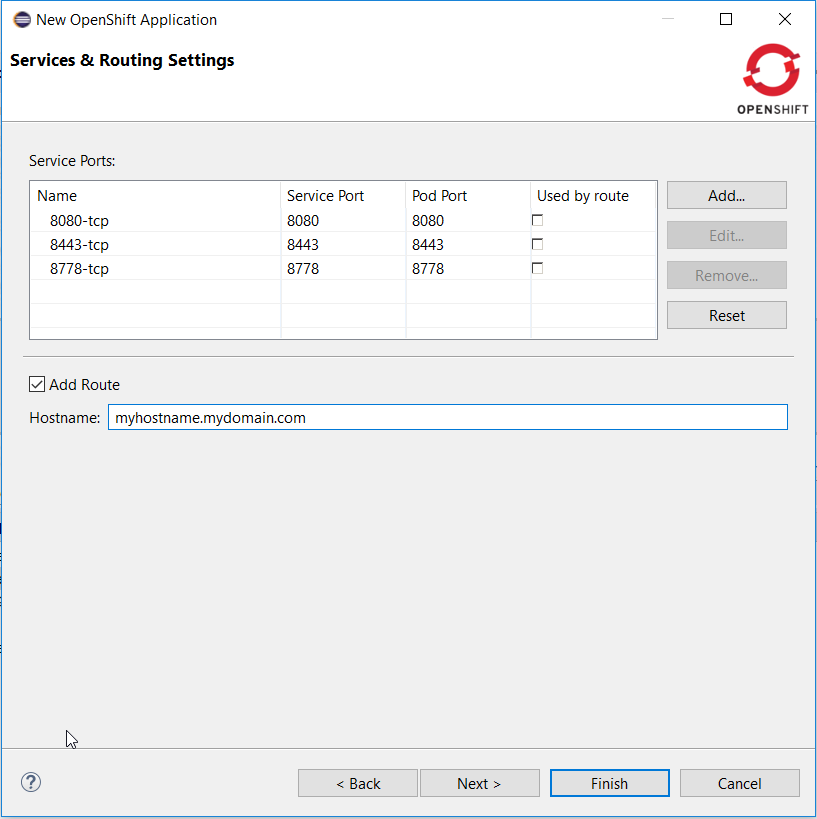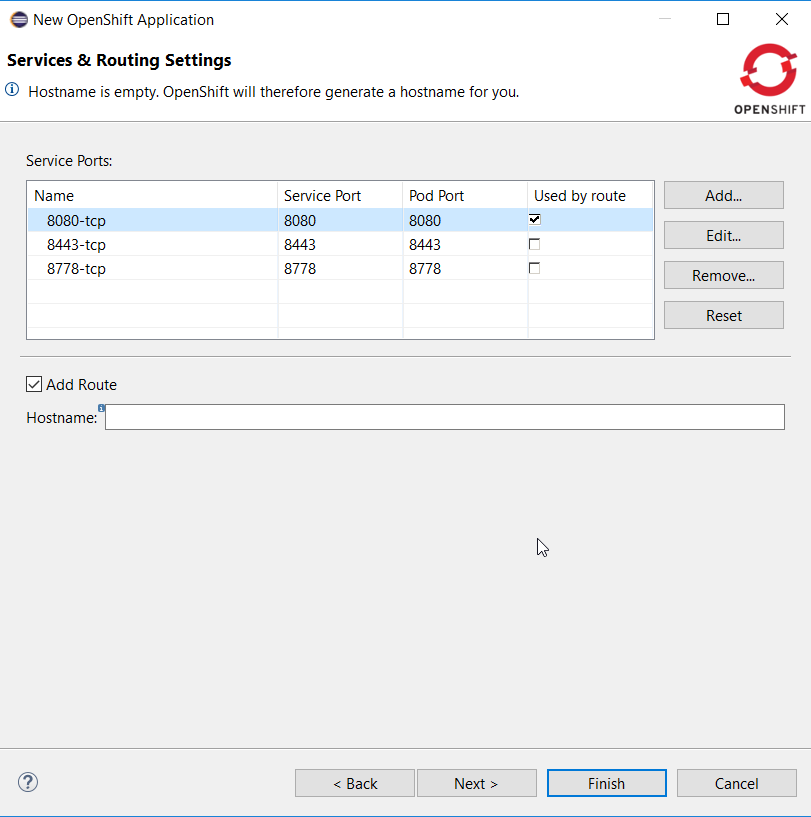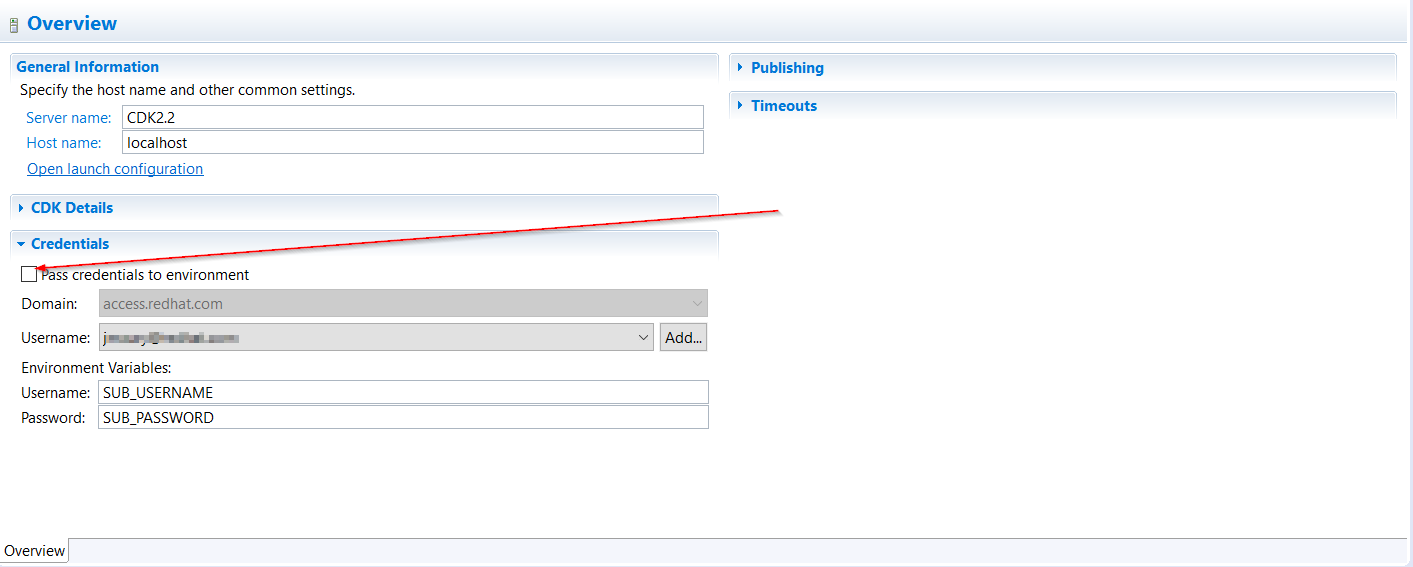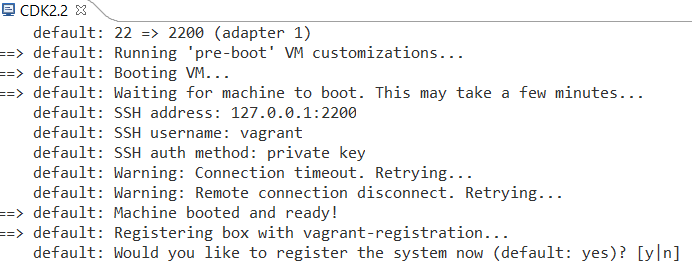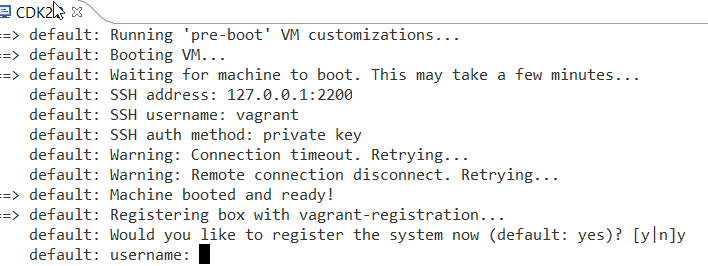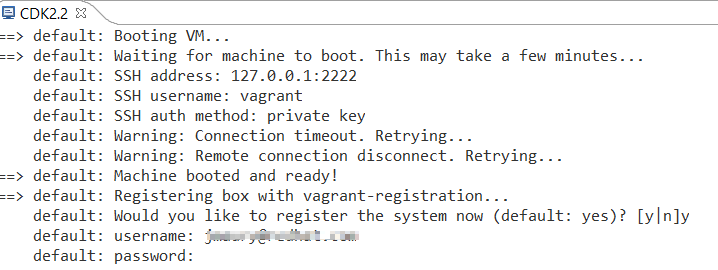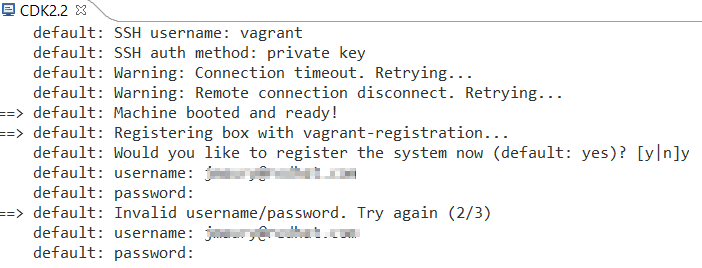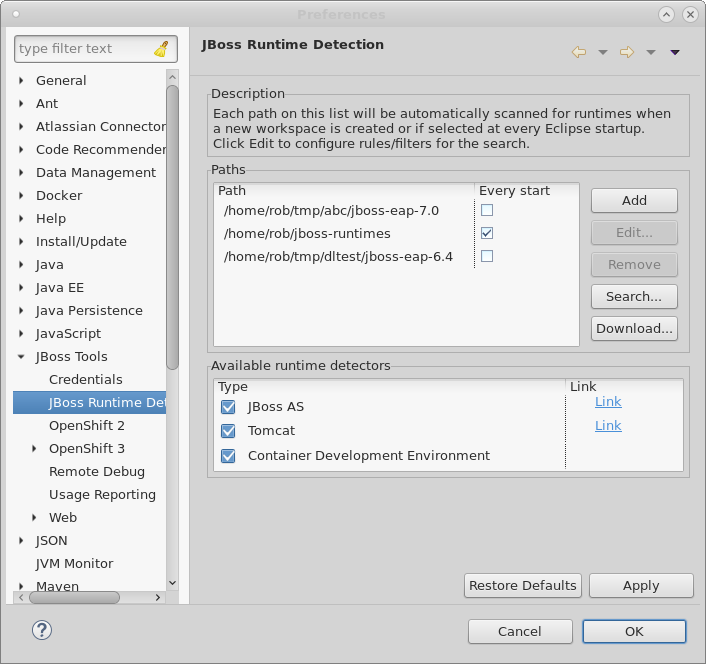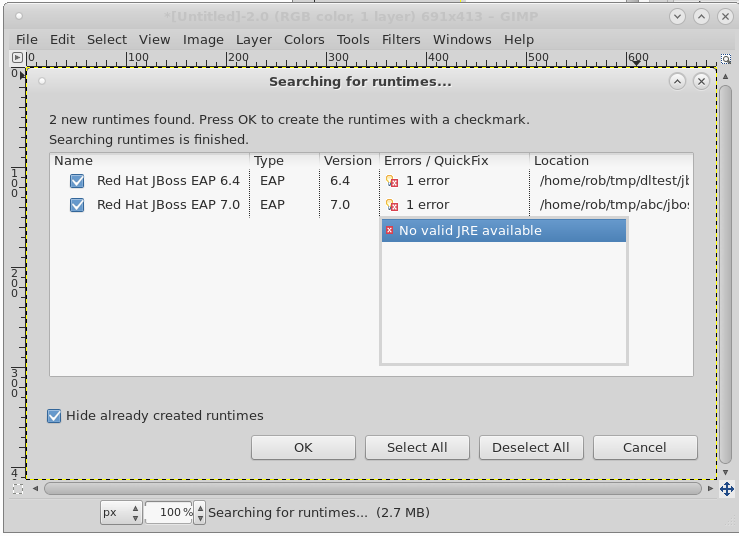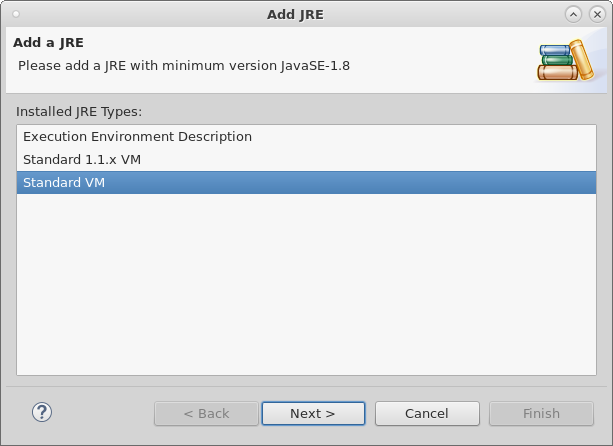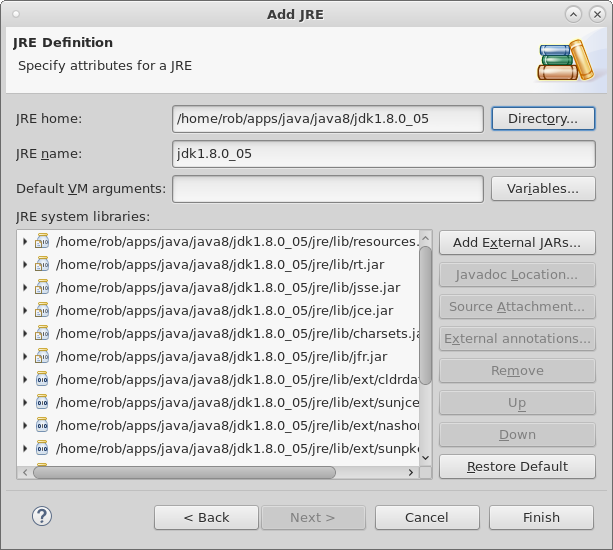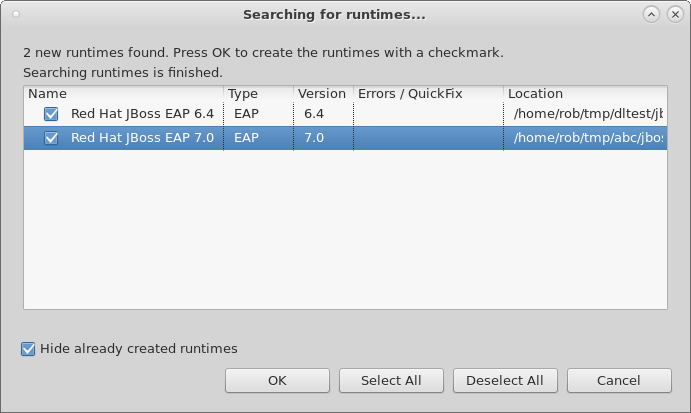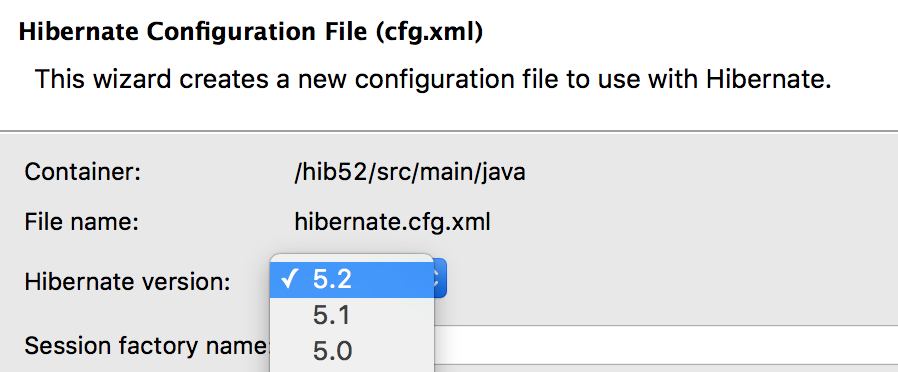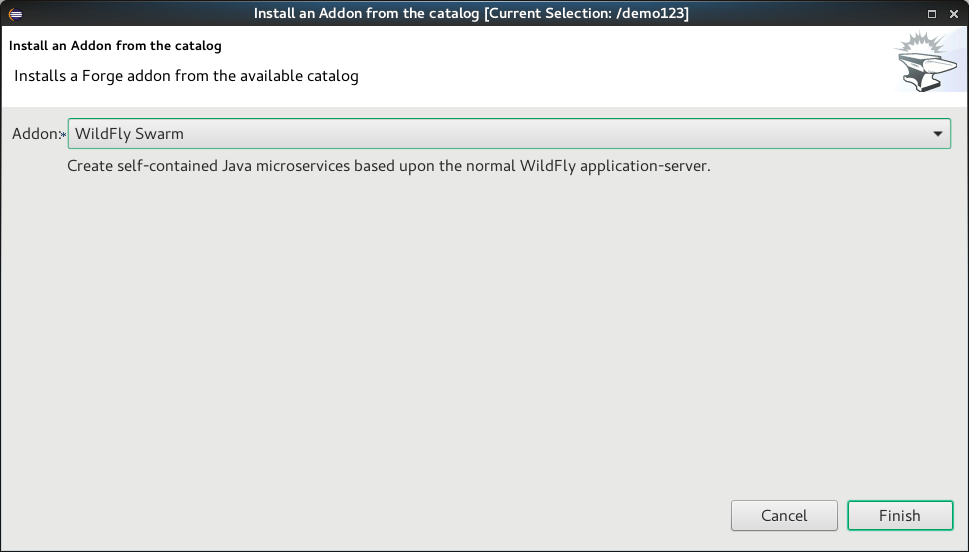As previously mentioned, the output of running Windup from the command line is an HTML report, which is not very useful for the engineer responsible for making the changes in the code.
That’s where the Eclipse plugins come into play. Once you’ve run Windup from within the IDE, all the source files needing to be changed will be automatically marked, and can be easily organized, searched, and in many cases, fixed using quick fixes.
Let me give you a quick walkthrough of some of the key components. You can find more detailed information here.
Windup Perspective
We’ve created a dedicated perspective containing all the the views necessary to use Windup.
Run Configuration Dialog
Think of this as a GUI for your command line arguments. Instead of needing to dig deep into Windup documentation, and then having to tediously type paths, and other various arguments, this dialog simplifies the process of telling Windup what to analyze and how.
Issue Explorer View
The Issue Explorer gets populated with all the migration issues.
You can customize how the issues are organized.
The context menu is dynamic, and will vary per issue.
Some issues have quick fixes available. Quick fixes can be previewed prior to being applied.
Issue Details View
The Issue Details View provides more detailed information about migration issues, for example, hints on how to fix them, external documentation that might help with choosing the best solutions, etc.
Report View
You may need to refer back to the generated HTML report, and for that reason, we make it readily available here.
